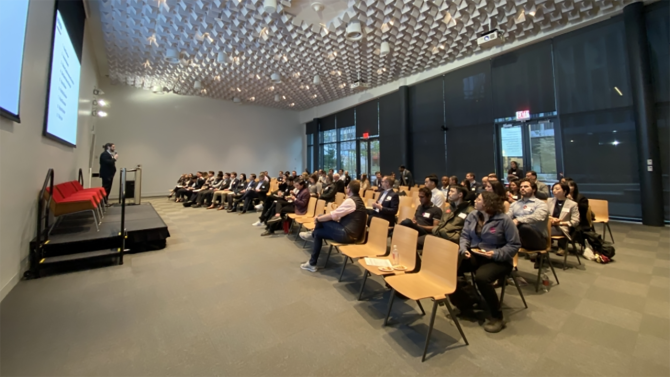Mines and Petroleum Minister Bill Johnston celebrated the launch of the Southern Hemisphere’s first CAMECA 1300 HR3 ion microprobe last Friday at Curtin University’s new National Collaborative Research Infrastructure Strategy facility in Western Australia.
The McGowan Government has invested $3.2 million towards the $10.7 million research project, which will be used by scientists to determine the evolution of Australia’s key mineral deposits.
It will also support scientists working with the Australian Space Agency to analyse meteorites discovered in the Australian outback and asteroid fragments recovered during international deep space missions.
The new addition will replace Curtin’s 27-year-old ion microprobe that played an important role in discovering some of the oldest minerals on the Earth, Moon and Mars.
The State Government, through the Geological Survey of WA, has also committed to supporting the appointment of Professor Axel Schmitt, a world-renowned expert in isotope geochemistry to lead the new facility.
As stated by Mines and Petroleum Minister Bill Johnston:
“The McGowan Government’s close relationship with Curtin University enters an exciting phase with the launch of Australia’s first geoscience ion microprobe facility.
“It’s particularly pleasing to know the research here will help underpin the future success of resource exploration and development in Western Australia.
“Continuing to grow our mineral and petroleum industries is vital to supporting our communities, creating jobs and transitioning to a low carbon future.
“Our resources industry is already a world-leader in technology and research; having access to the ion microprobe will provide the State with a unique technological advantage to discover the next generation of resources.”








